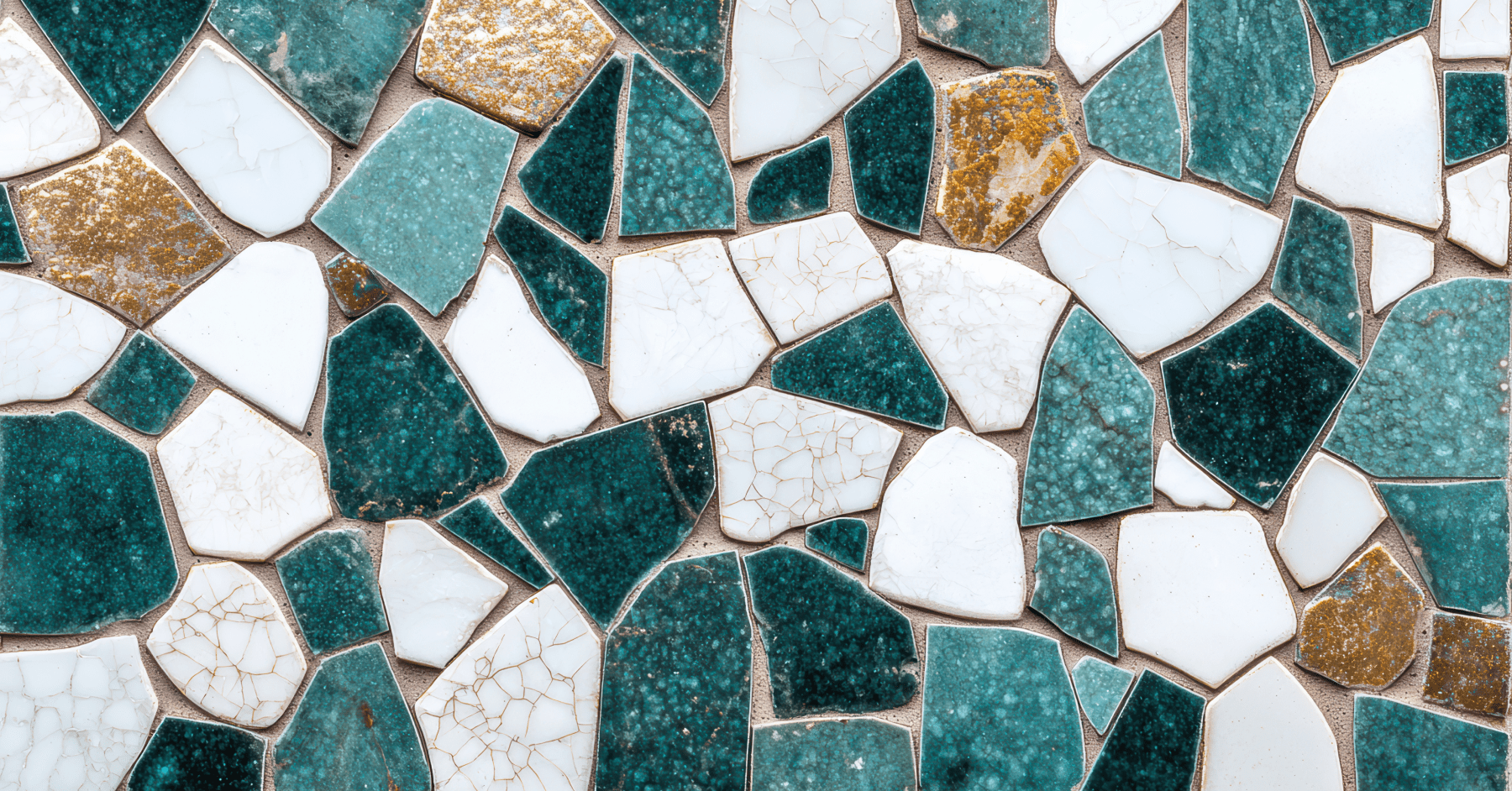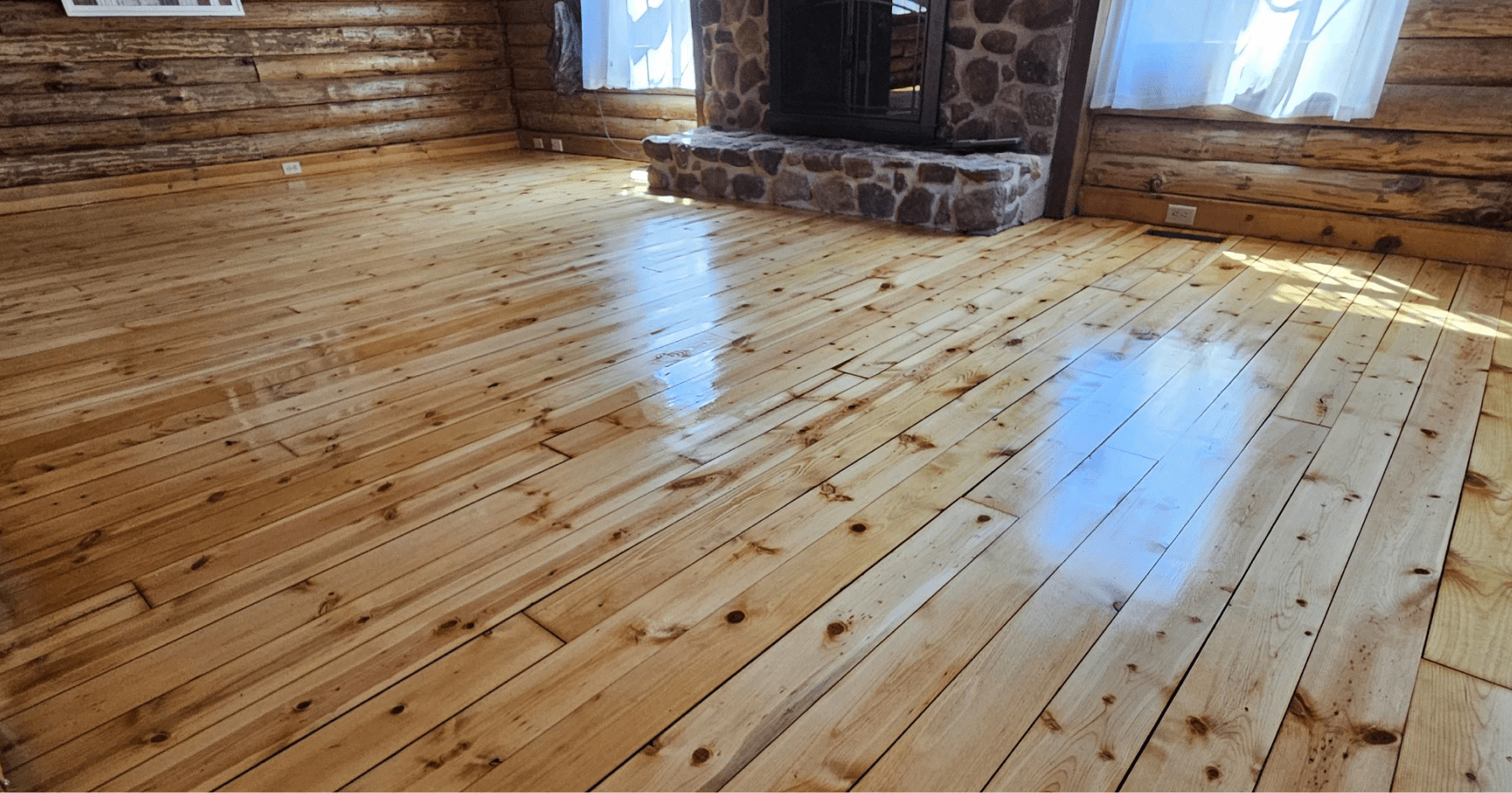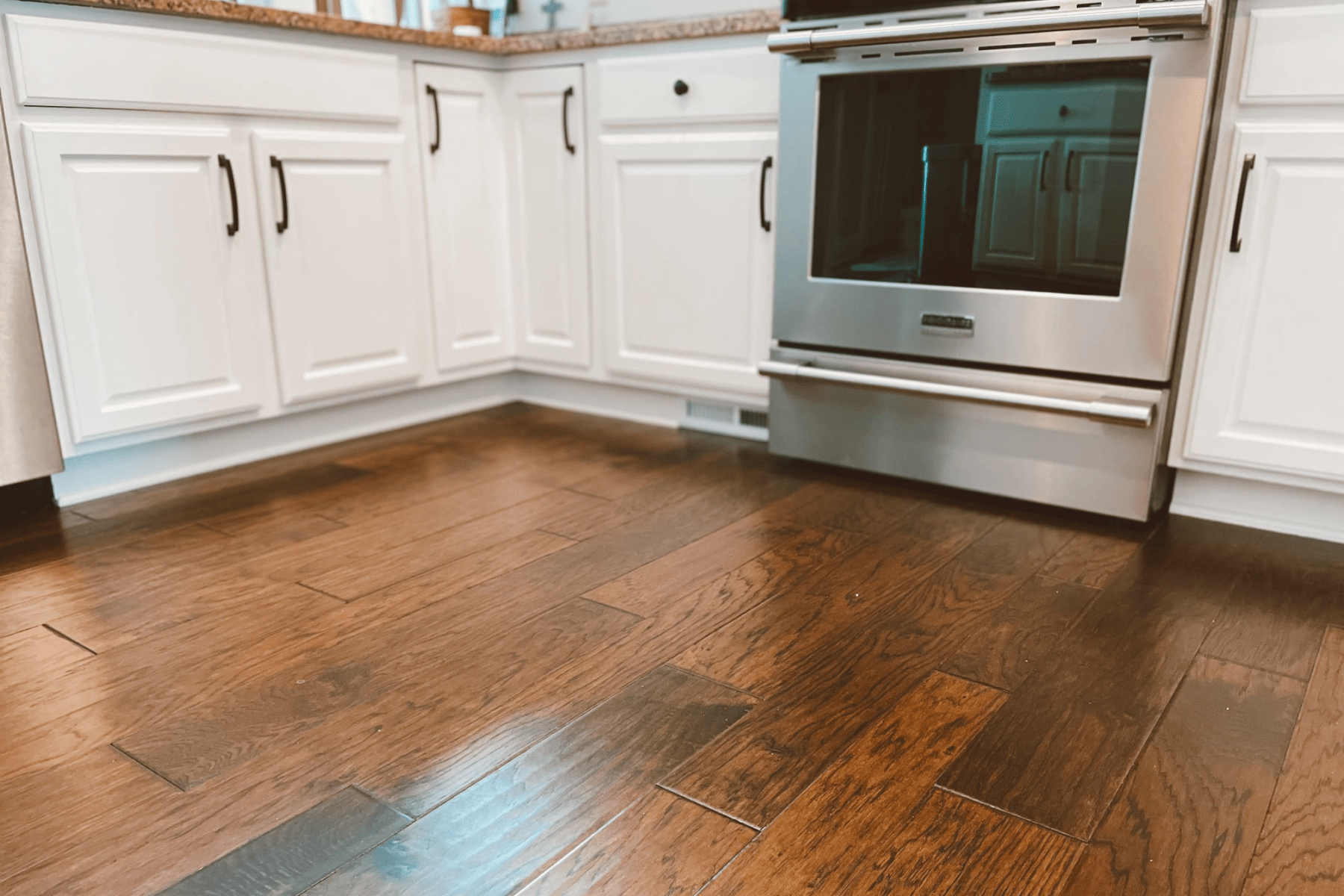For homeowners and businesses, Luxury Vinyl Plank (LVP) and Luxury Vinyl Tile (LVT) are popular choices when deciding on new flooring. It’s durable, easy to clean, and has countless color and pattern options. How does that durability come into play on bumpy surfaces? Can luxury vinyl plank be installed on uneven floors? The answer goes back to that quote many of us have heard throughout our lives: “Just because you can doesn’t mean you should.”
What happens when you install flooring on an uneven surface?
Sure, LVP is more forgiving than hardwood or tile. That said, it’s not a solve-all solution when it comes to uneven surfaces. Installing LVP over an uneven subfloor can lead to:
- Damage to the locking system of the new flooring
- Gaps, cracks, and warping
- Uneven wear patterns
- Shortened product lifespan
Let’s be honest. The reason we take shortcuts (in life, not on the road) typically boils down to three factors: lack of time, lack of budget, or lack of knowledge.
Lack of Time
Call up a local flooring company. Better yet, call a local flooring company that specializes in subfloor prep. A team of flooring experts can take the guesswork out of whether or not the current surface suffices and perform the proper floor prep if it does not. Then, you can put your time where it counts.
Lack of Budget
There are a number of local flooring companies out there that will perform a free flooring consultation. They’ll be able to tell you if your project needs extra time spent on prep and why. The glaring question follows: “If the surface needs extra work, how do I afford it if I didn’t have much budget in the first place?” The answer is a little harsh. Invest a little more in the initial installation or pay for it down the road. This means that if you don’t put the effort into a successful flooring install, the product won’t hold up, and the home/business owner will have to replace it sooner than they should.
Lack of Knowledge
There are countless resources online for DIY flooring installation. The most important things to remember when preparing for a new flooring installation are clean, smooth, and dry. Make sure that the installation surface is thoroughly cleaned and free of any debris and old adhesive. The smoother and more level the surface is, the better. Lastly, ensure that the surface is free of moisture, or that it can open a whole new can of worms.
We suggest doing your research, reading product installation guides, and contacting local flooring companies when all else fails.




